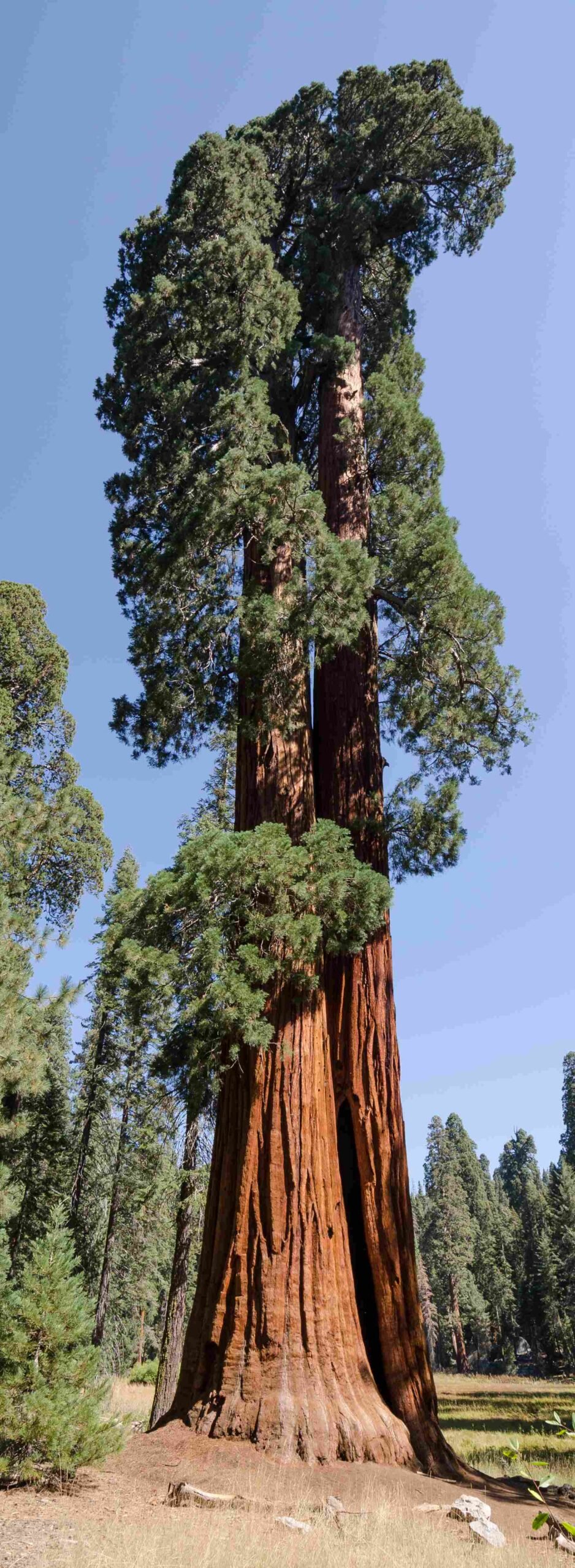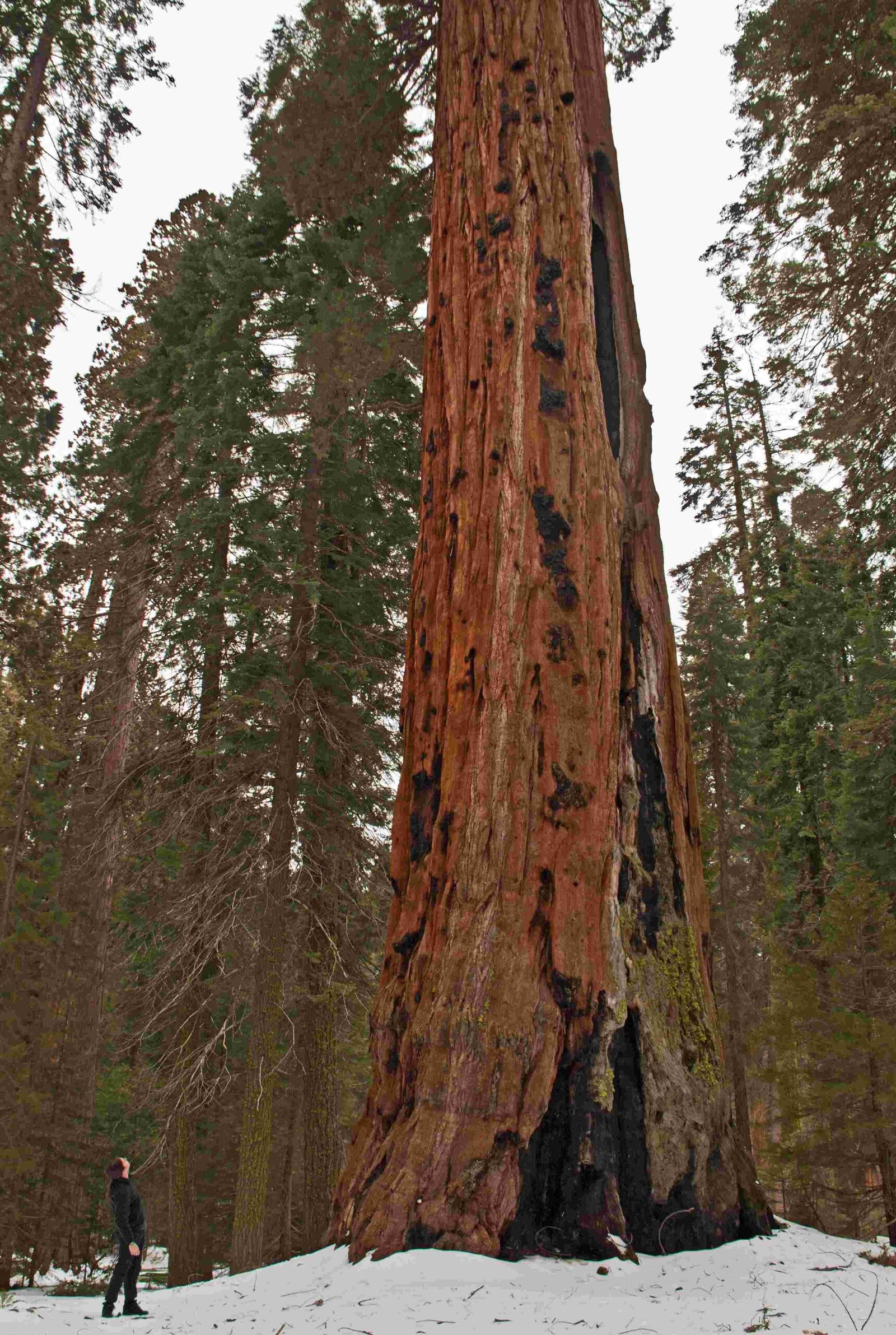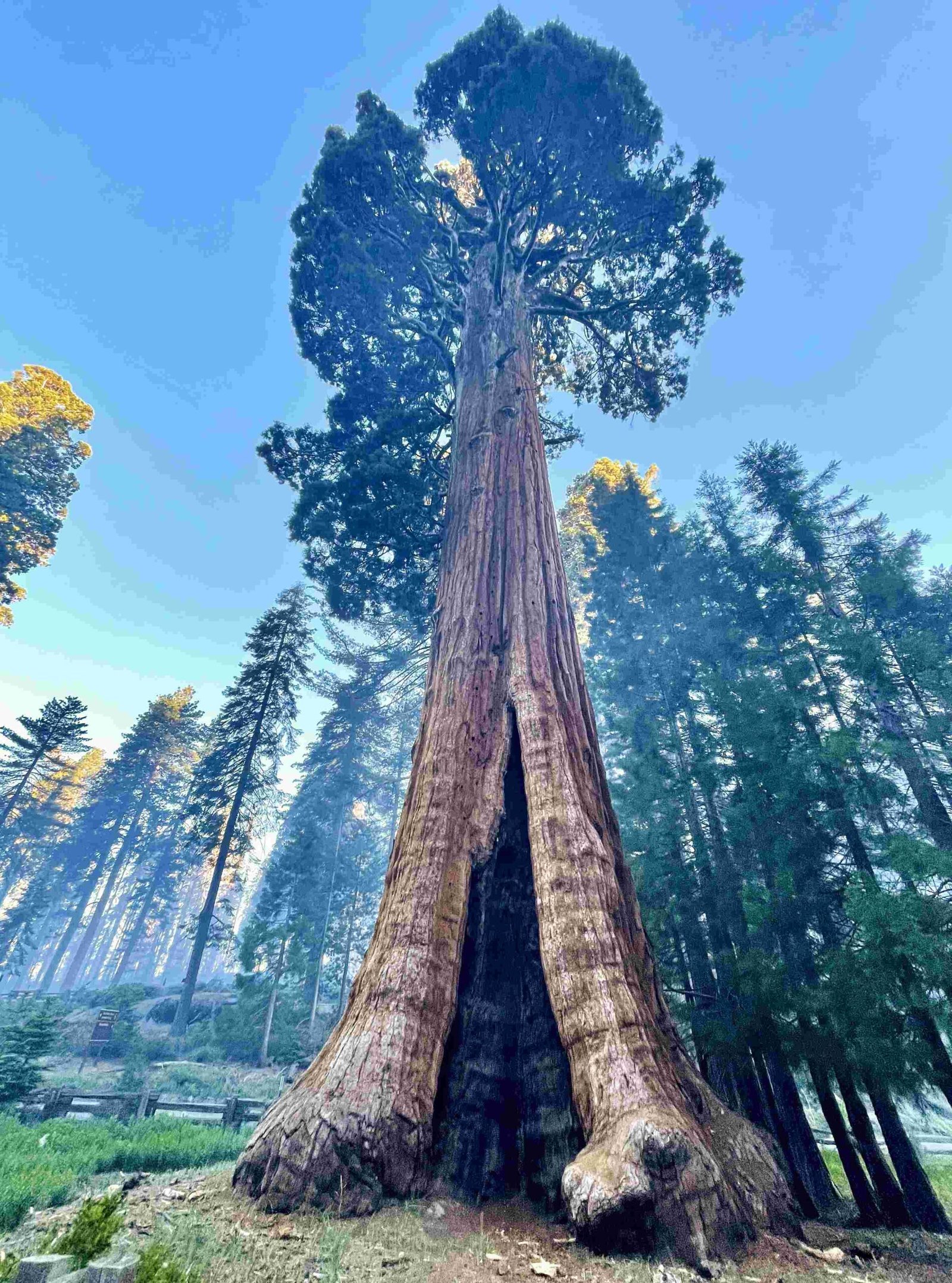Sequoia National Park is home to a diverse array of big birds, including majestic raptors and endangered species. The park’s varied ecosystems, from dense forests to open meadows, provide ideal habitats for large avian species. California Condors, with their impressive 9-foot wingspan, are the most notable big birds in the park. Other significant species include Red-tailed Hawks and Great Horned Owls, each playing crucial roles in the park’s ecosystem.
What Are the Largest Bird Species in Sequoia National Park?

Sequoia National Park boasts several impressive large bird species. Here are the most notable:
- California Condor
- Wingspan: Up to 9 feet (2.7 meters)
- Weight: 17-25 pounds (7.7-11.3 kg)
-
Status: Endangered
-
Red-tailed Hawk
- Wingspan: 4.5 to 5.5 feet (1.37 to 1.68 meters)
- Weight: 2-4 pounds (0.9-1.8 kg)
-
Status: Common
-
Great Horned Owl
- Wingspan: Up to 6 feet (1.8 meters)
- Weight: 2-4 pounds (0.9-1.8 kg)
- Status: Common
How Do These Big Birds Nest and Reproduce?

Each of these big birds of Sequoia National Park has unique nesting habits:
California Condor
- Nests on cliff faces or in cavities
- Lays one egg at a time
- Both parents incubate and care for the young
- Young stay with parents for almost a year
Red-tailed Hawk
- Builds nests in trees, on cliff faces, or on power poles
- Female lays 2-4 eggs
- Both parents participate in incubation and care
Great Horned Owl
- Often takes over nests from other birds or uses natural cavities
- Female lays 1-4 eggs
- Both parents share incubation and care duties
Where Are the Best Locations to Observe These Big Birds?
Sequoia National Park offers several prime locations for observing its big birds:
- Moro Rock
- Panoramic views of Sierra Nevada Mountains
- Good for spotting Red-tailed Hawks and Great Horned Owls
-
Requires climbing 350 steps
-
Marble Falls Trail
- Natural habitat for various raptors
-
Offers opportunities to see birds in their native environment
-
Open Areas and Meadows
- Crescent Meadow and surrounding grasslands
- Ideal for spotting Red-tailed Hawks and Great Horned Owls
| Location | Best For | Accessibility |
|---|---|---|
| Moro Rock | Panoramic views, Hawks, Owls | Moderate (350 steps) |
| Marble Falls Trail | Various raptors | Moderate hiking |
| Open Meadows | Hawks, Owls | Easy to moderate |
When Is the Best Time to Observe These Big Birds?
For optimal birdwatching experiences:
- Early morning and late afternoon are most active periods
- Spring and fall migrations offer increased bird activity
- Summer months provide longer daylight hours for observation
Are There Any Endemic Big Bird Species in Sequoia National Park?
While not all are considered ‘big birds’, Sequoia National Park hosts several endemic species:
- Mountain Chickadee
- Year-round resident
- Inhabits coniferous forests
-
Not endangered
-
Brown Creeper
- Found in dense forests
- Forages on tree trunks
-
Not endangered
-
Hammond’s Flycatcher
- Found in higher elevations
- Known for distinctive calls
- Not endangered
What Conservation Efforts Are in Place for Big Birds in the Park?
Conservation efforts in Sequoia National Park focus primarily on endangered species like the California Condor:
- Captive breeding programs
- Reintroduction initiatives
- Habitat protection measures
- Monitoring and research programs
Other conservation efforts include:
- Regular surveys of bird populations
- Habitat management to support diverse bird species
- Educational programs to raise awareness about bird conservation
What Facilities Are Available for Birdwatchers in Sequoia National Park?
Sequoia National Park provides various amenities for birdwatchers:
- Parking
- Available near most trailheads
-
Accessible parking at popular viewing areas like Moro Rock and Crescent Meadow
-
Guided Tours
- Nature walks focused on birdwatching
- Led by experienced park rangers or naturalists
-
Available during peak seasons
-
Educational Programs
- Workshops on bird identification
- Lectures on bird ecology and conservation
-
Hands-on activities for all ages
-
Visitor Centers
- Information on recent bird sightings
- Maps of prime birdwatching locations
- Field guides and other resources available for purchase
How Can Visitors Prepare for Birdwatching in Sequoia National Park?
To make the most of your birdwatching experience:
- Bring proper equipment:
- Binoculars
- Field guide (specific to Western birds)
- Camera with zoom lens
-
Comfortable hiking shoes
-
Check park regulations:
- Obtain necessary permits
-
Review guidelines for responsible wildlife viewing
-
Plan your visit:
- Research best seasons for bird activity
- Choose appropriate trails based on your fitness level
-
Consider joining a guided tour for expert insights
-
Practice ethical birdwatching:
- Maintain a safe distance from birds
- Avoid disturbing nests or feeding areas
- Follow Leave No Trace principles
By following these guidelines, visitors can enjoy the diverse array of big birds in Sequoia National Park while contributing to their conservation and the preservation of their habitats.
References:
1. http://www.birdwatchingacademy.com/bird-watching-at-sequoia-national-park/
2. https://www.fs.usda.gov/Internet/FSE_DOCUMENTS/fseprd614421.pdf
3. https://birdwatchinghq.com/birds-in-sequoia-national-park/

